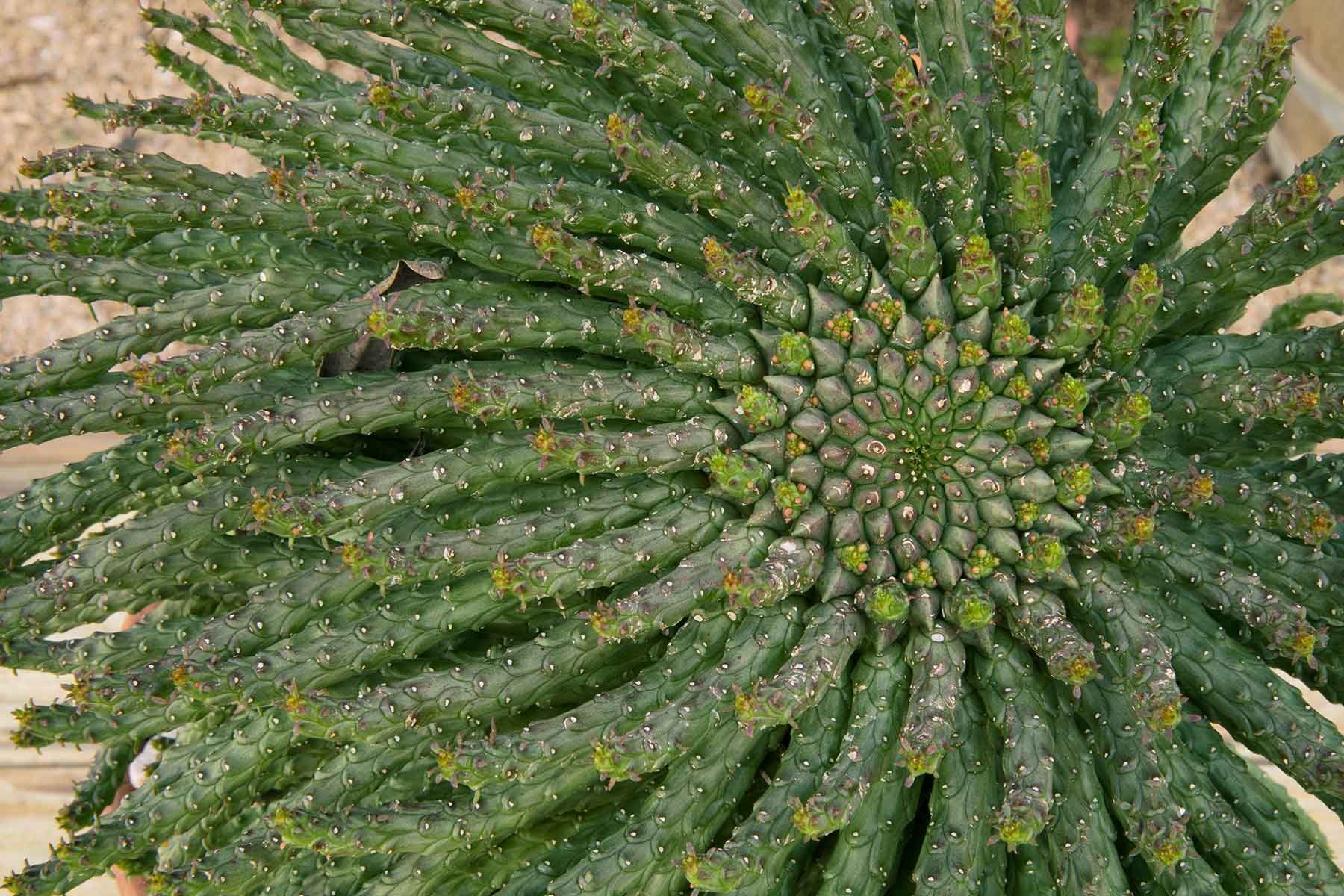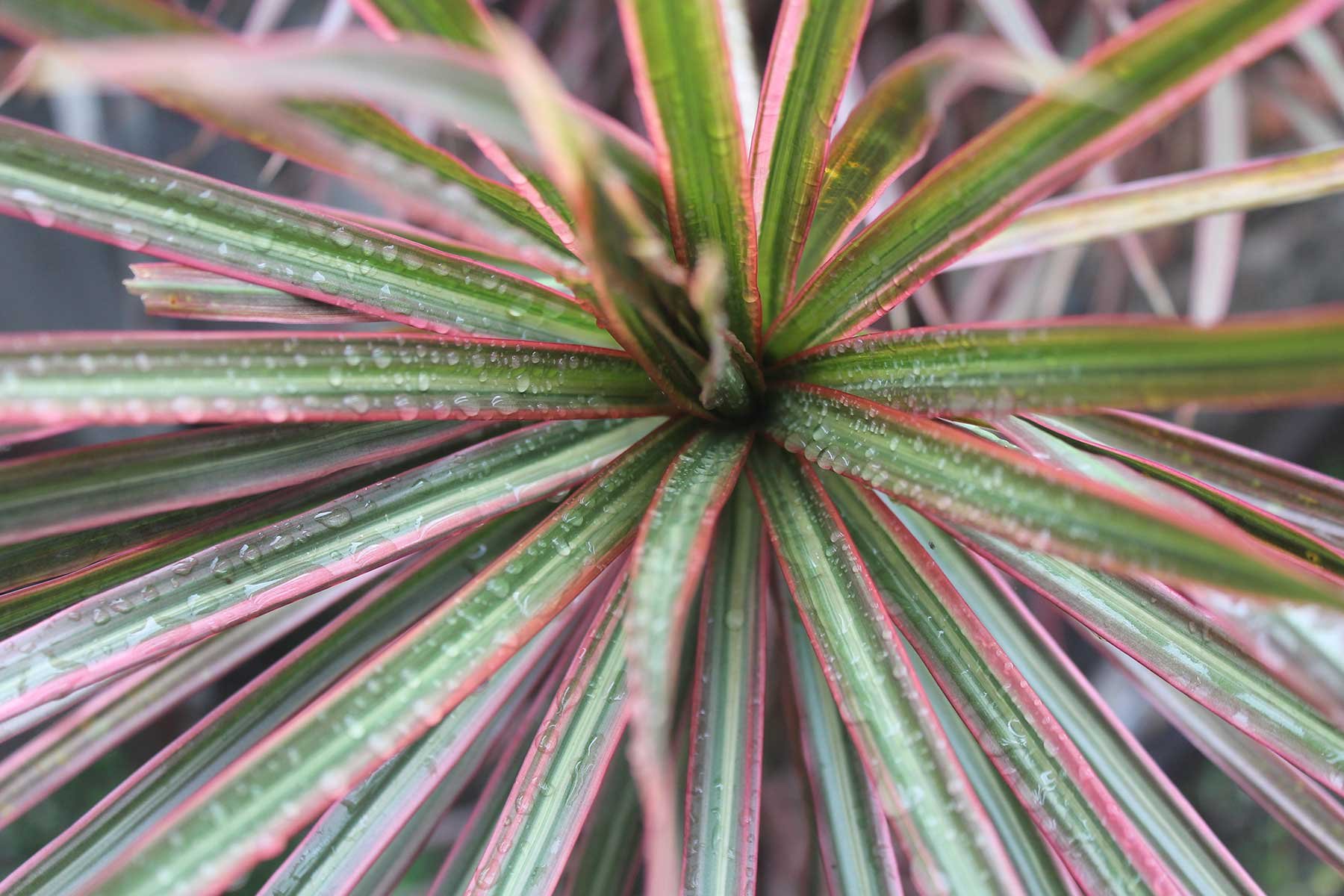Nature, Art & The Indoors
with Dan Kyle & Dane Lovett
There are more ways than one to bring nature indoors and art depicting elements of the natural world is a wonderful way to invite the outdoors inside. There's no shortage of research highlighting the benefits of spending time in nature and viewing images and videos of the great outdoors.
This month we highlight the work of two artists whose sublime works do just that, Dan Kyle and Dane Lovett.
DAN KYLE
The lyrical splendour of the Australian bush is captured in Dan Kyle’s painterly mark. Hovering somewhere between figuration and abstraction, his landscapes play with surface and texture to recreate the majesty and intrigue of the dense scrub that surrounds his Blue Mountains studio.
Using a proliferation of marks and tones, Kyle builds his work into forms of interacting colour that mimic the movement and inherent beauty of the natural landscape. Painting en plain air, his preference for working in the early morning and late afternoon is evident in his attention to light and shadow, and sophisticated rendering of the sun’s glow on the gum trees around him. The effect of this light play is almost reverential; an ethereal response to the awe-inspiring and often intimidating bushland that envelops him.
Dan’s latest exhibition is ‘The Path of Least Resistance’ with Martin Browne Contemporary.
Pouring, 2021, oil and mixed media on canvas, 150 x150 cm.
_
Q & A with DAN
Q. Tell me about the title of the exhibition, what is this about?
I first heard the term The Path of Least Resistance a few years ago when I read a passage where painter Roy Jackson was describing the painting practice of his dear friend John Peart. It really resonated with me. The Path of Least Resistance has both physical and metaphorical meaning. Water will always find the path of least resistance and so will paint. I strive to live my life following the path with the least obstructions, although this can be incredibly hard sometimes.
Q. How would you best describe the upcoming show?
I'm always replying to the events that happen in my environment, I guess all artists are. Last year I focused heavily on the drought and bushfire crisis that gripped the nation in late 2019, early 2020. This year couldn't be more different, La Nina has arrived and brought with it the rains and everything is wetter than ever, the bush couldn't have had a better chance to try and recover and that's really exciting.
My garden is flourishing and the creeks on our property are once again flowing, waterfalls and all. I really wanted to capture the feeling of water falling, so getting that downward movement was the most important. Each painting is splattered with hundreds of flower prints. I wanted to portray the abundance good weather brings and the regrowth. I wanted the work to be joyous and I wanted them to glow.
KH Chasm, 2021, oil and mixed media on canvas, 180 x110 cm.
First splash, 2020, oil and mixed media on board, 150 x 100 cm.
Q. Tell me about your process
A big part of my practice now starts in the garden, I've been growing and harvesting all types of native and non-native flowers that I’ve turned into printers, or stamps even. I use Dahlias, Daisies, Hellebores, Flannel flowers, camellias, anything in bloom. I dip them into paint and press them against the canvas. It leaves the most beautiful and always unique impression. I spend a lot of time painting outside too, I feel I let go a bit when I'm in the bush, you can really forget about everything else and just paint.
Q. Where do you mostly gather inspiration?
Nature, always. It constantly leaves me in awe.
Q. What does a ‘normal' day in the studio look like for you?
I'm up quite early in the morning, it's the best time, especially if you live in the bush. Most mornings I'll take my breakfast down to the studio and not really do anything, just hang out, eat and look at the work and contemplate the day ahead. I'll get really stuck into it around 8am and I can be in there for hours and hours sometimes especially if I'm really working on something.
I'm lucky to have my studio tucked away in the bush a decent walking distance from my house, it does wonders for keeping focused. I never paint at night, it feels really unnatural, I don't like working when I know the bush is starting to wind down for the evening. I'll usually stop painting in the late afternoon or when the sun goes down, but I often pour a glass of wine and just sit and look and think, or overthink! exactly how I start the day really.
FOLLOW DAN
DANE LOVETT
“Dark, often monochromatic and subtly tonal in their palette, the scores of works that populate the Melbourne-based artist’s work. Here, he recasts French artist Henri Fantin-Latour’s 1864 still life Flowers: Tulips, Camellias, Hyacinths in countless murky, monochromatic iterations – a single vase of flowers becoming a site for sustained painterly exploration, variation and rhythm. Extended series of foxgloves and waterlilies in various unnatural tones follow.”
Dane Lovett, The Pond (Currumbin). Photo courtesy the artist and Sullivan+Strumpf.
Dane Lovett’s paintings are delicately crafted observations of familiar subject matter, from domestic plants and flowers to left over remnants of music and popular culture. His work often echoes traditional still-life painting, yet a familiar arrangement of flowers and vases take on new meaning with the inclusion of forgotten and outdated technology.
Dane currently has an online exhibition with Sullivan + Strumpf.
_
Q & A with DANE
Q. How would you best describe your online show?
This show coincides with the release of my book ‘Flowers’ with Perimeter. I work with a limited palette and a play between positive and negative space to explore formal processes and art historic traditions.
Q. Tell me a little about your process?
I work quickly and I often make mistakes and have to try again. I’ve come to accept and its just part of my process, making multiple versions of paintings. Sometimes I come back to these paintings and I’m into them, other times they get painted over or they’re tossed.
Dane Lovett, Walking West through the park I. Photo courtesy the artist and Sullivan+Strumpf.
Dane Lovett, Walking East through the park II. Photo courtesy the artist and Sullivan+Strumpf.
Q. Where do you mostly gather inspiration?
All the usual suspects, the backlog of art history, YouTube, and at the moment it’s the garden.
Q. What does a ‘normal' day in the studio look like for you?
I like to keep it fairly regimented, in around 10 and finish up about 6 or 7. There’s always a slump in the middle of the day and then by 5 I’m back in the zone. I usually like to think of studio days in twos where one day I’ll prepare an image, do a few small studies and then come back the next day and spend the whole day painting.



























Landscape Design Woolhara
ARD were asked to create a garden that reflected the classic and refined style of the house and interiors.